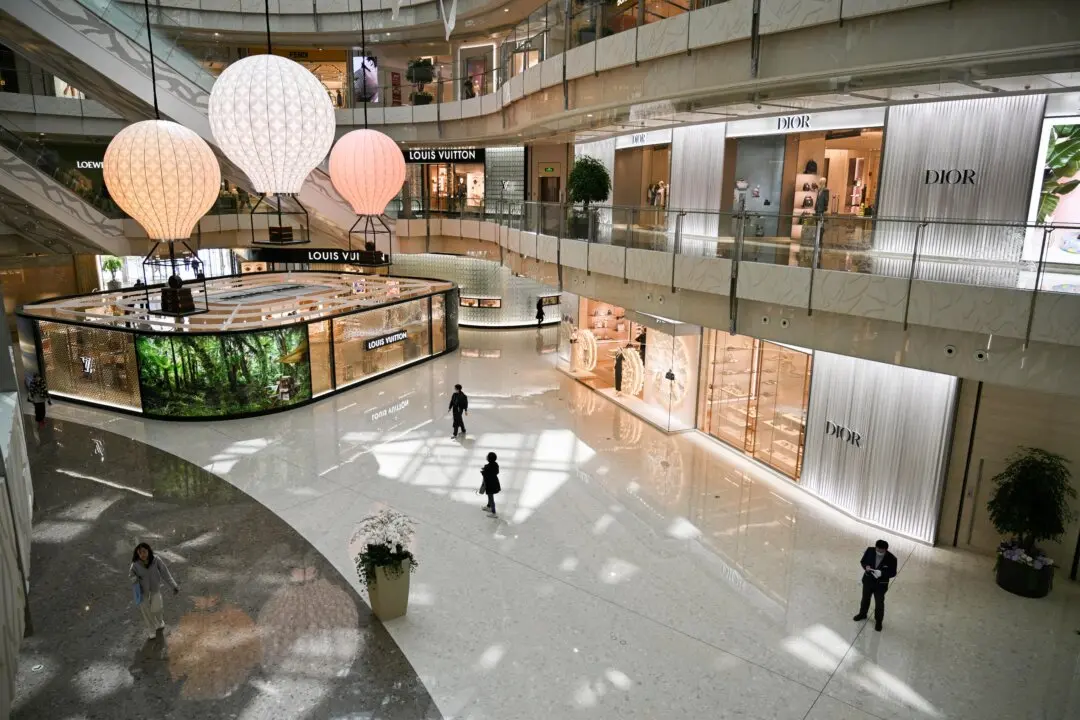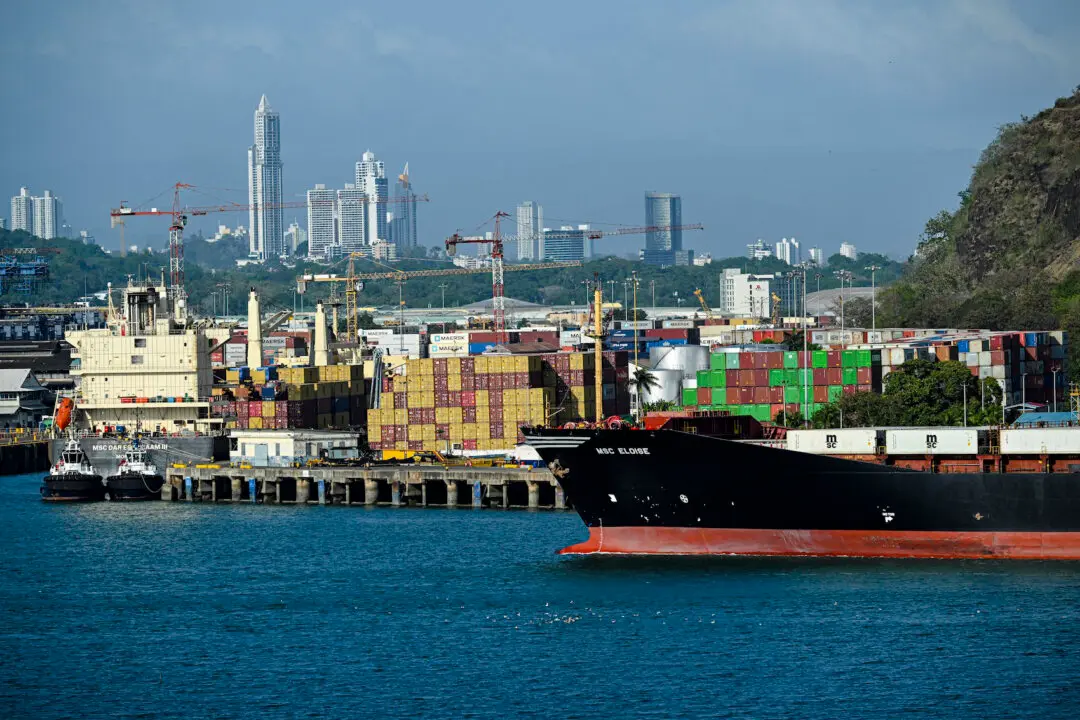Huaxi Village in Jiangsu Province, once touted by the Chinese regime as “China’s richest village,” is in financial trouble, a situation that reveals the corruption among the elites, experts say.
Huaxi Group, a company that’s collectively owned by the village and its residents, and has many sub-companies and listed affiliates, has a debt load of 40 billion yuan (about $6.17 billion), leading some Chinese media to claim that it’s bankrupt.




